Trump's previous national security team reportedly talked him out of killing Soleimani several times

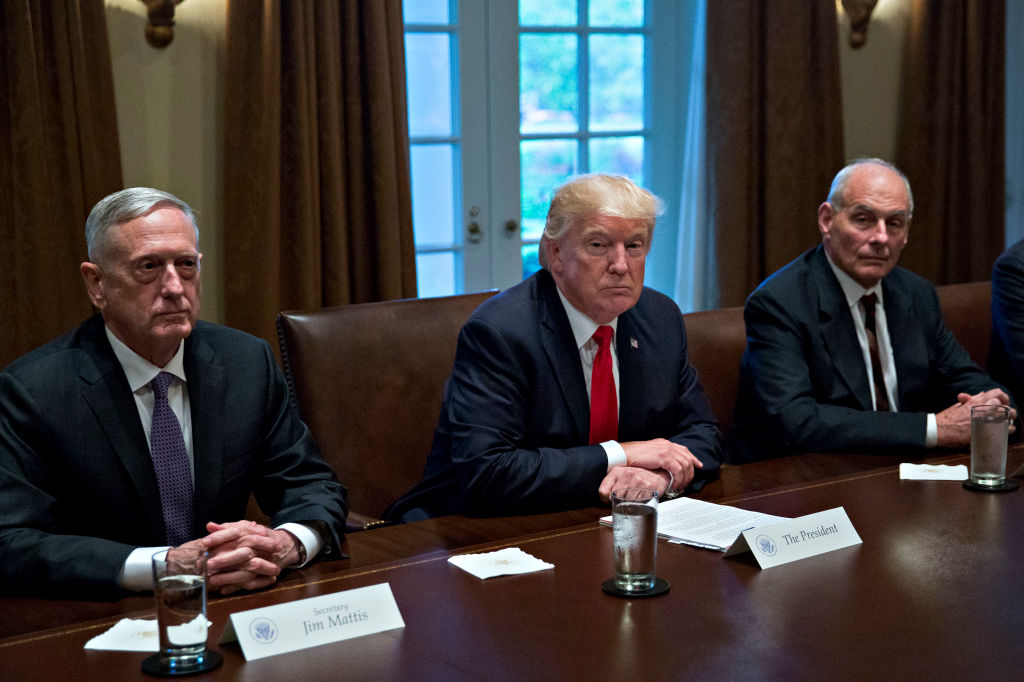
It's still unclear what prompted President Trump to order the killing of Iranian Gen. Qassem Soleimani on Jan. 3. Members of Congress say they haven't been show evidence that Soleimani presented an "imminent" threat, Secretary of State Mike Pompeo has suggested "imminent" might not be the right word, and on Sunday, Defense Secretary Mark Esper and National Security Adviser Robert O'Brien walked back Trump's assertion that U.S. intelligence predicted Soleimani had planned to attack four U.S. embassies.
But it wasn't a new idea for Trump, The Washington Post reported Sunday. Trump first brought up killing Soleimani in the spring of 2017, at the start of his presidency, and he revived the idea "several times again in the months and years to follow." Esper's predecessor, retired Gen. James Mattis, "resisted any action" on Soleimani and probably "wouldn't have presented the option to the president," former White House officials told the Post. According to The New York Times, Esper and Trump's new national security team presented killing Soleimani as the "extreme" option and were shocked Trump chose it.
Mattis wasn't alone in trying to check what he viewed as Trump's rash impulses. Fellow retired Marine general John Kelly, then Trump's chief of staff, "regularly told military officials that he wanted to talk to Trump before they actually carried out one of his orders and sometimes told them to hold off," the Post reports, quoting one former senior administration who explained that Trump would "get spun up, and if you bought some time, you could get him calmed down, and then explain to him what his decision might do." Trump is now more comfortable following his instincts.
The Week
Escape your echo chamber. Get the facts behind the news, plus analysis from multiple perspectives.

Sign up for The Week's Free Newsletters
From our morning news briefing to a weekly Good News Newsletter, get the best of The Week delivered directly to your inbox.
From our morning news briefing to a weekly Good News Newsletter, get the best of The Week delivered directly to your inbox.
Trump initially passed on killing Soleimani in late December, opting instead for airstrikes that killed 25 members of an Iran-backed Iraqi militia. But when Trump watched TV coverage of militia supporters attacking the perimeter of the massive U.S. Embassy in Baghdad, "he's thinking about Benghazi" and "he's also thinking about the 1979 attack on the American Embassy in Iran that led to the hostage crisis," the Times' Helene Cooper recounts. "He's getting more and more angry, according to his aides, and then he calls for his menu of options again, and this time, he picks the extreme option," killing Soleimani.
On TV Sunday, O'Brien explained Trump's decision like this: "We made it very clear this was not going to be Tehran 1979, this was not going to be Benghazi."
A free daily email with the biggest news stories of the day – and the best features from TheWeek.com
Peter has worked as a news and culture writer and editor at The Week since the site's launch in 2008. He covers politics, world affairs, religion and cultural currents. His journalism career began as a copy editor at a financial newswire and has included editorial positions at The New York Times Magazine, Facts on File, and Oregon State University.
-
 ‘Lumpy skin’ protests intensify across France as farmers fight cull
‘Lumpy skin’ protests intensify across France as farmers fight cullIN THE SPOTLIGHT A bovine outbreak coupled with ongoing governmental frustrations is causing major problems for French civil society
-
 The best books of 2025
The best books of 2025The Week Recommends A deep dive into the site of a mass shooting, a new release from the author of ‘Atonement’ and more
-
 Inside Minnesota’s extensive fraud schemes
Inside Minnesota’s extensive fraud schemesThe Explainer The fraud allegedly goes back to the Covid-19 pandemic
-
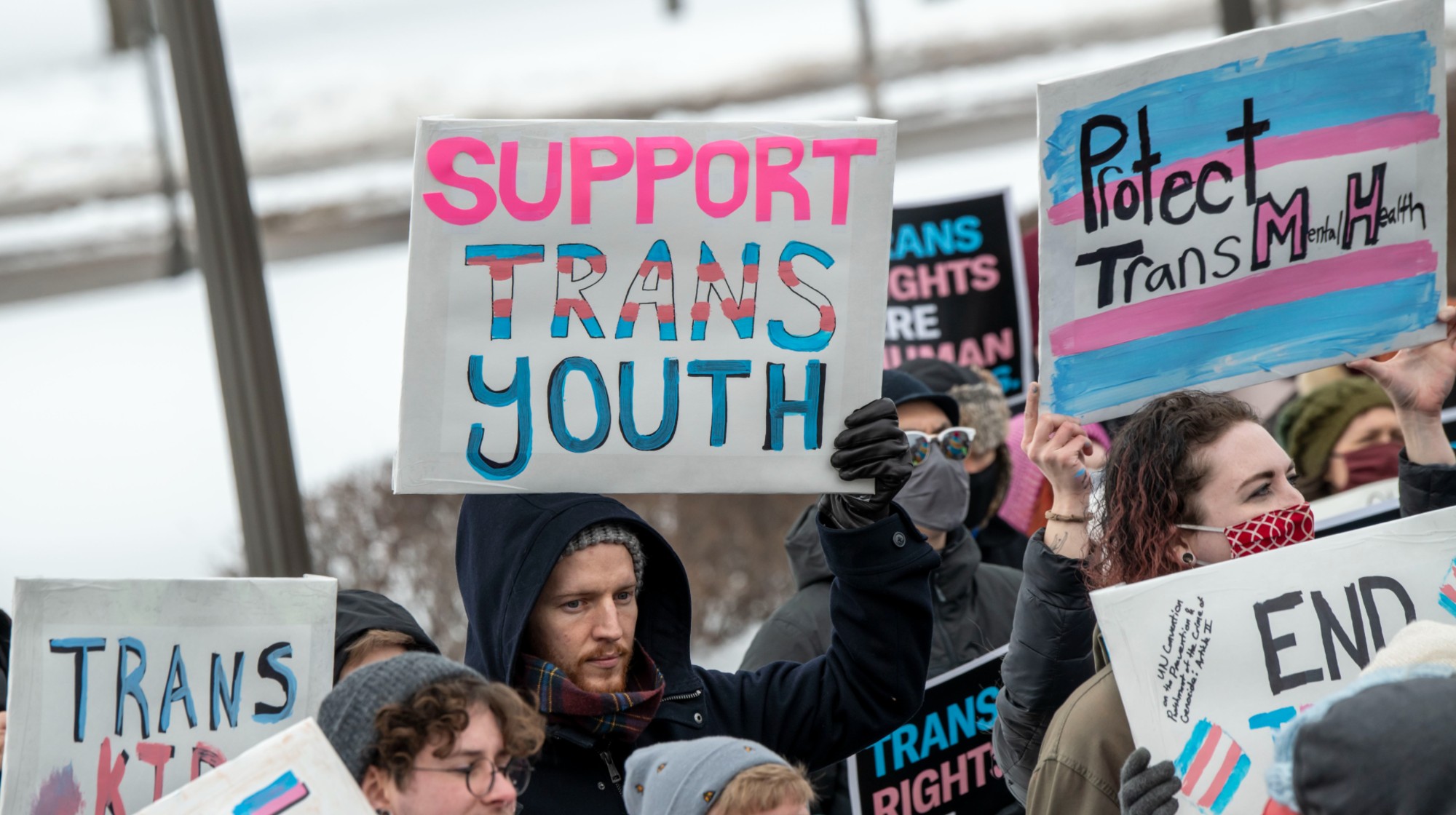 Trump HHS moves to end care for trans youth
Trump HHS moves to end care for trans youthSpeed Read The administration is making sweeping proposals that would eliminate gender-affirming care for Americans under age 18
-
 Jack Smith tells House of ‘proof’ of Trump’s crimes
Jack Smith tells House of ‘proof’ of Trump’s crimesSpeed Read President Donald Trump ‘engaged in a criminal scheme to overturn the results of the 2020 presidential election,’ hoarded classified documents and ‘repeatedly tried to obstruct justice’
-
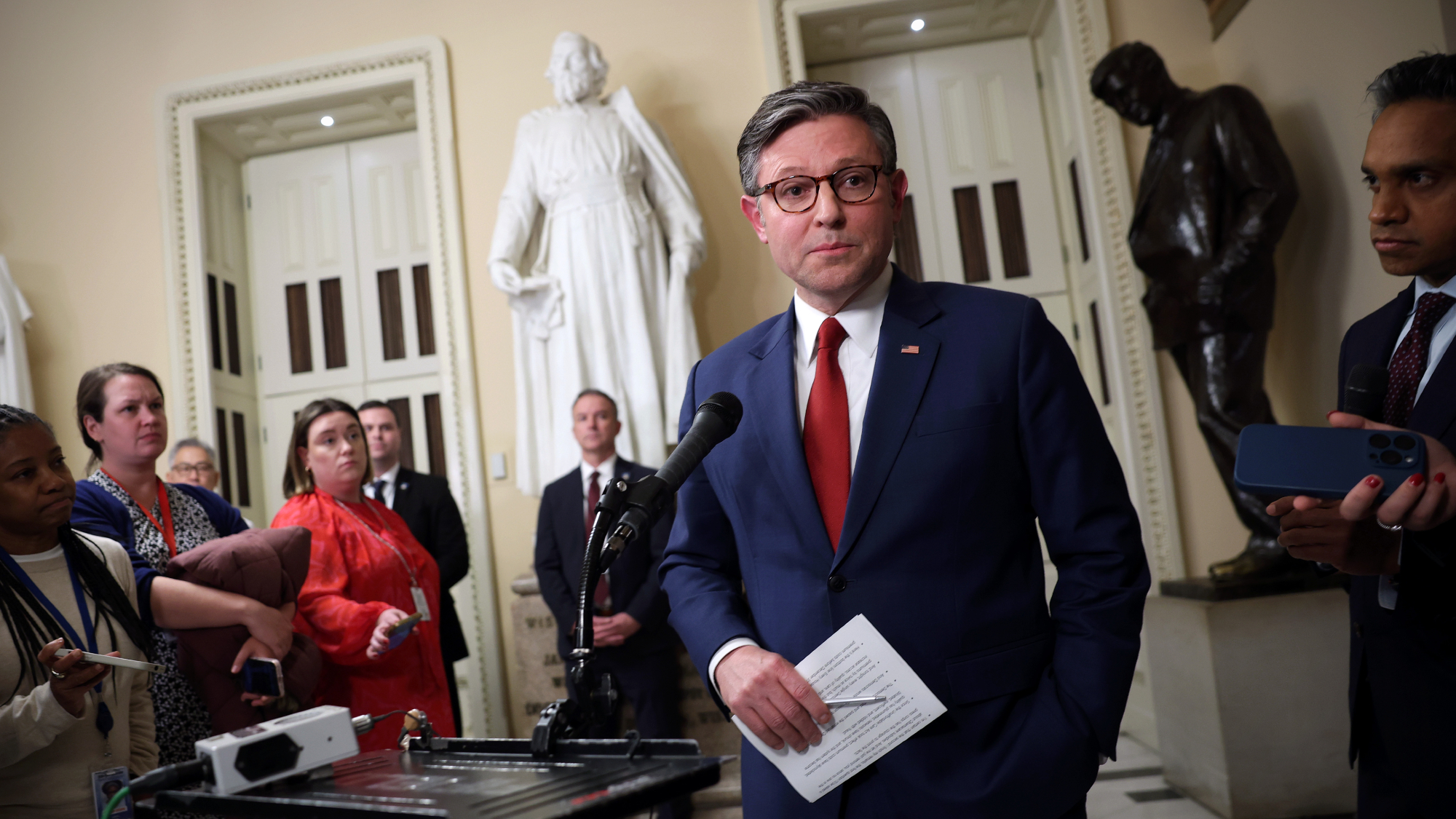 House GOP revolt forces vote on ACA subsidies
House GOP revolt forces vote on ACA subsidiesSpeed Read The new health care bill would lower some costs but not extend expiring Affordable Care Act subsidies
-
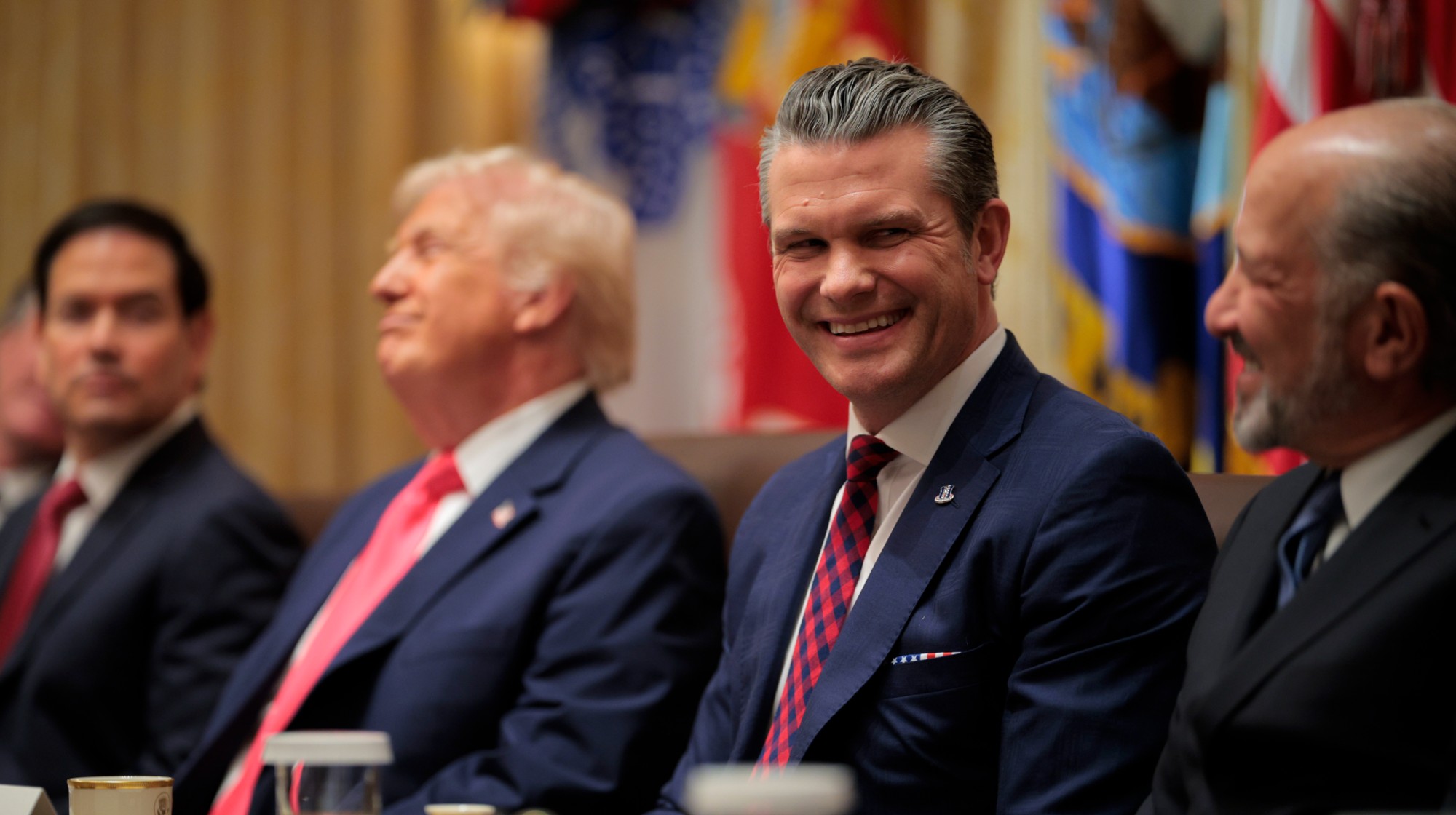 Hegseth rejects release of full boat strike footage
Hegseth rejects release of full boat strike footageSpeed Read There are calls to release video of the military killing two survivors of a Sept. 2 missile strike on an alleged drug trafficking boat
-
 Trump vows naval blockade of most Venezuelan oil
Trump vows naval blockade of most Venezuelan oilSpeed Read The announcement further escalates pressure on President Nicolás Maduro
-
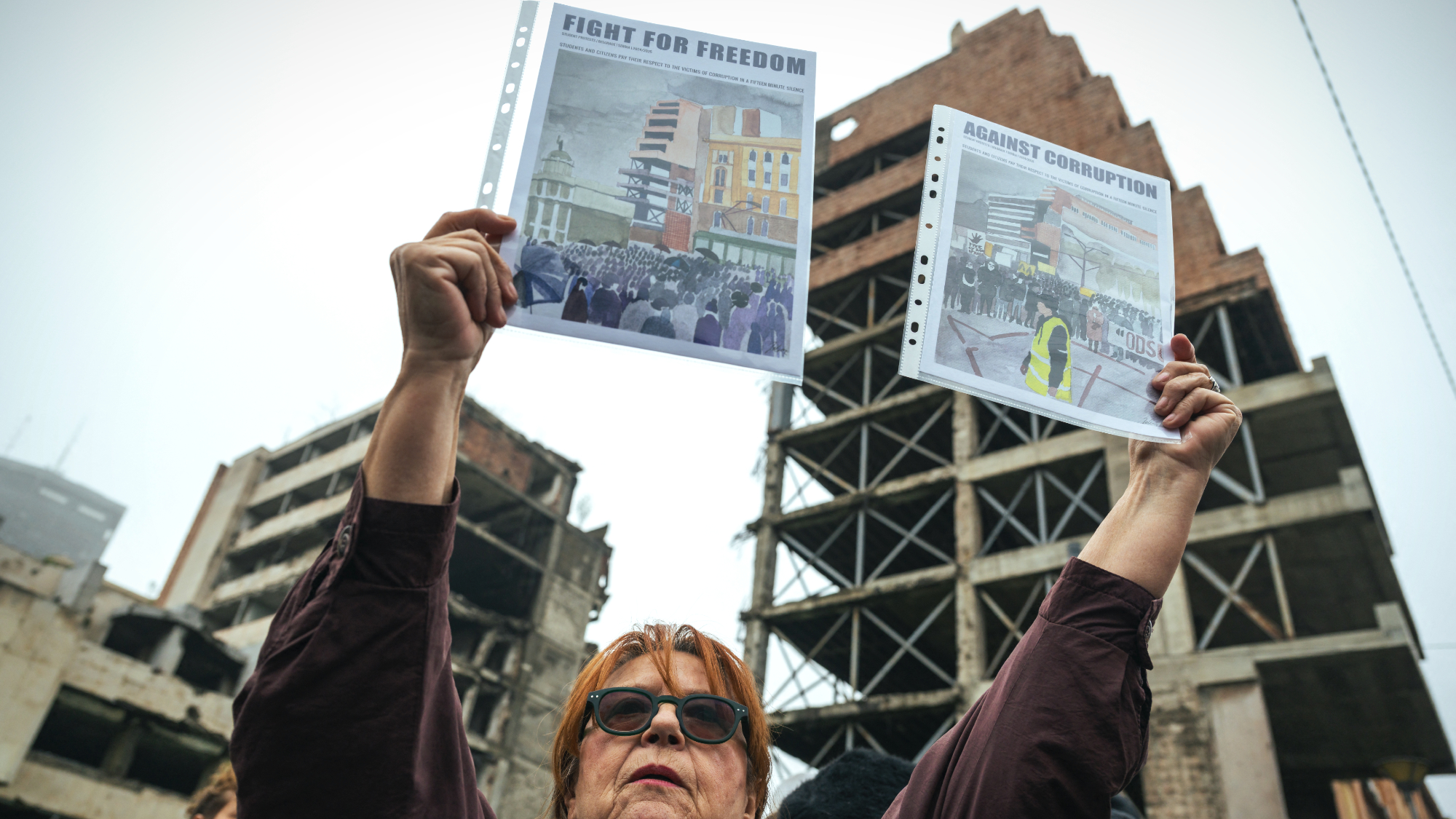 Kushner drops Trump hotel project in Serbia
Kushner drops Trump hotel project in SerbiaSpeed Read Affinity Partners pulled out of a deal to finance a Trump-branded development in Belgrade
-
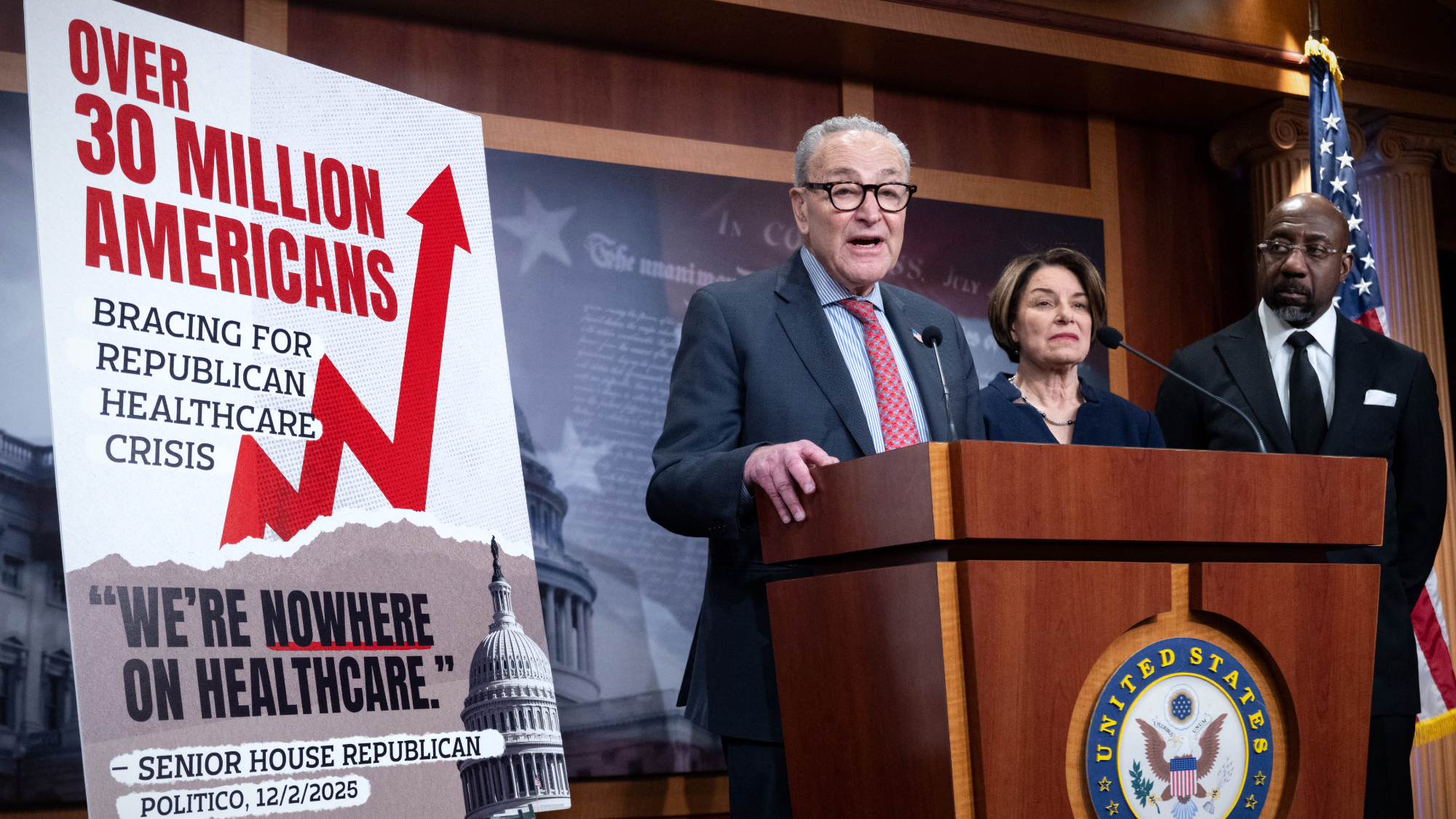 Senate votes down ACA subsidies, GOP alternative
Senate votes down ACA subsidies, GOP alternativeSpeed Read The Senate rejected the extension of Affordable Care Act tax credits, guaranteeing a steep rise in health care costs for millions of Americans
-
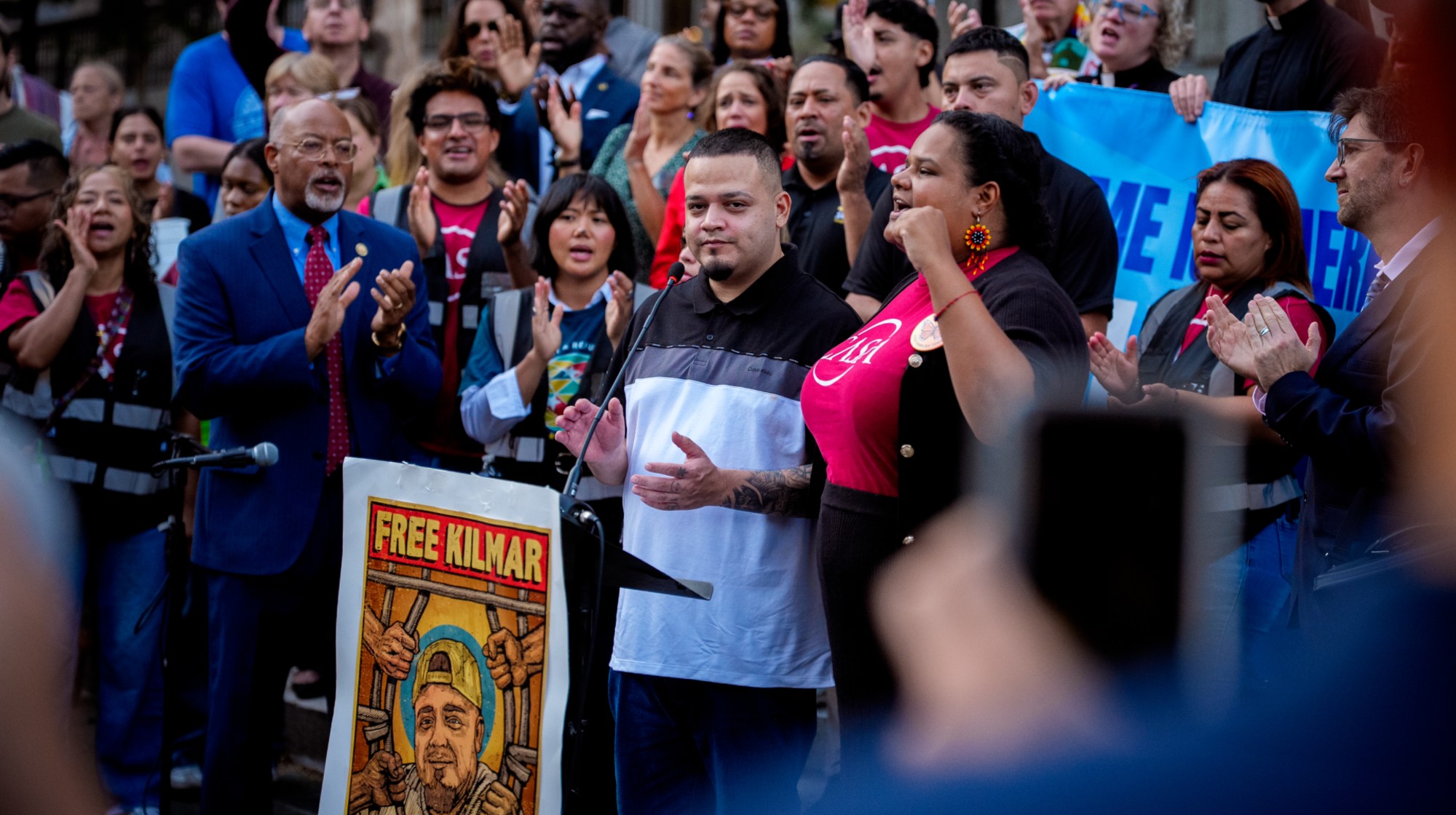 Abrego García freed from jail on judge’s order
Abrego García freed from jail on judge’s orderSpeed Read The wrongfully deported man has been released from an ICE detention center
